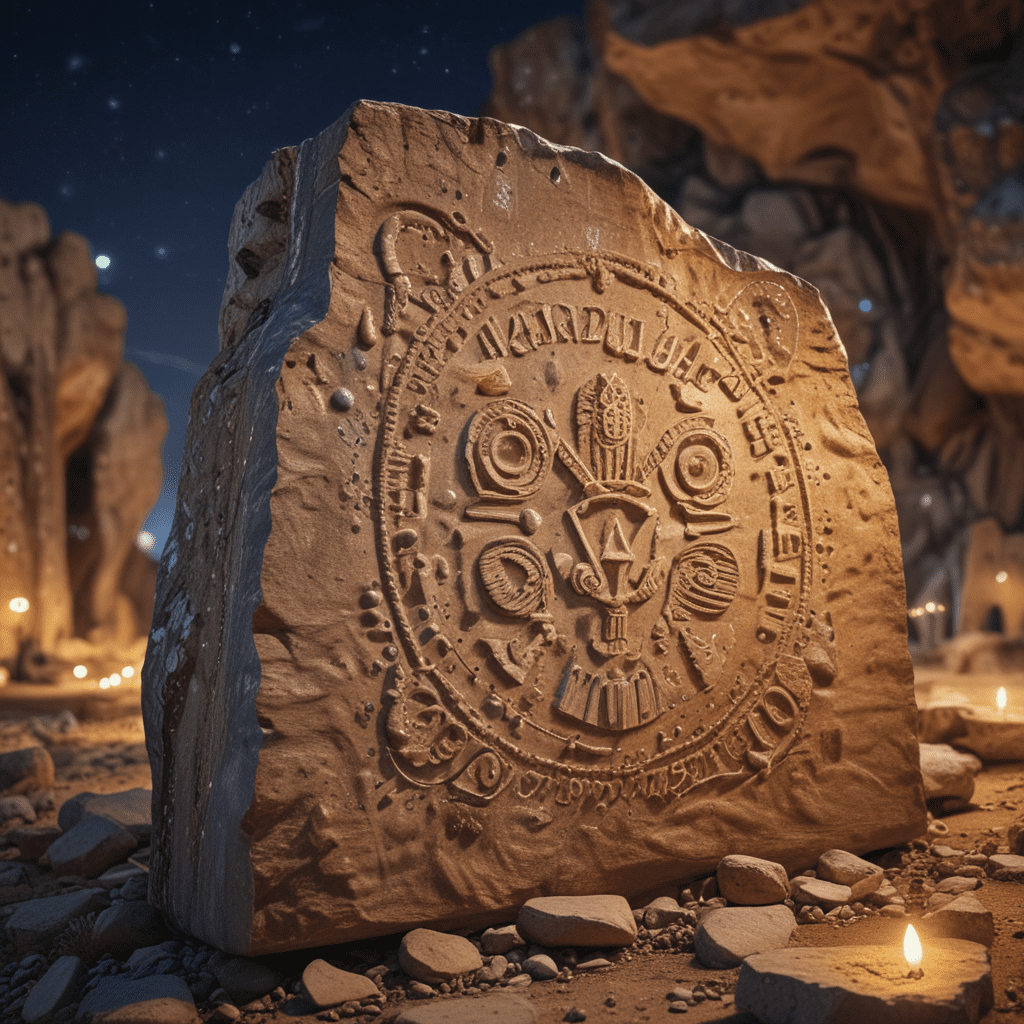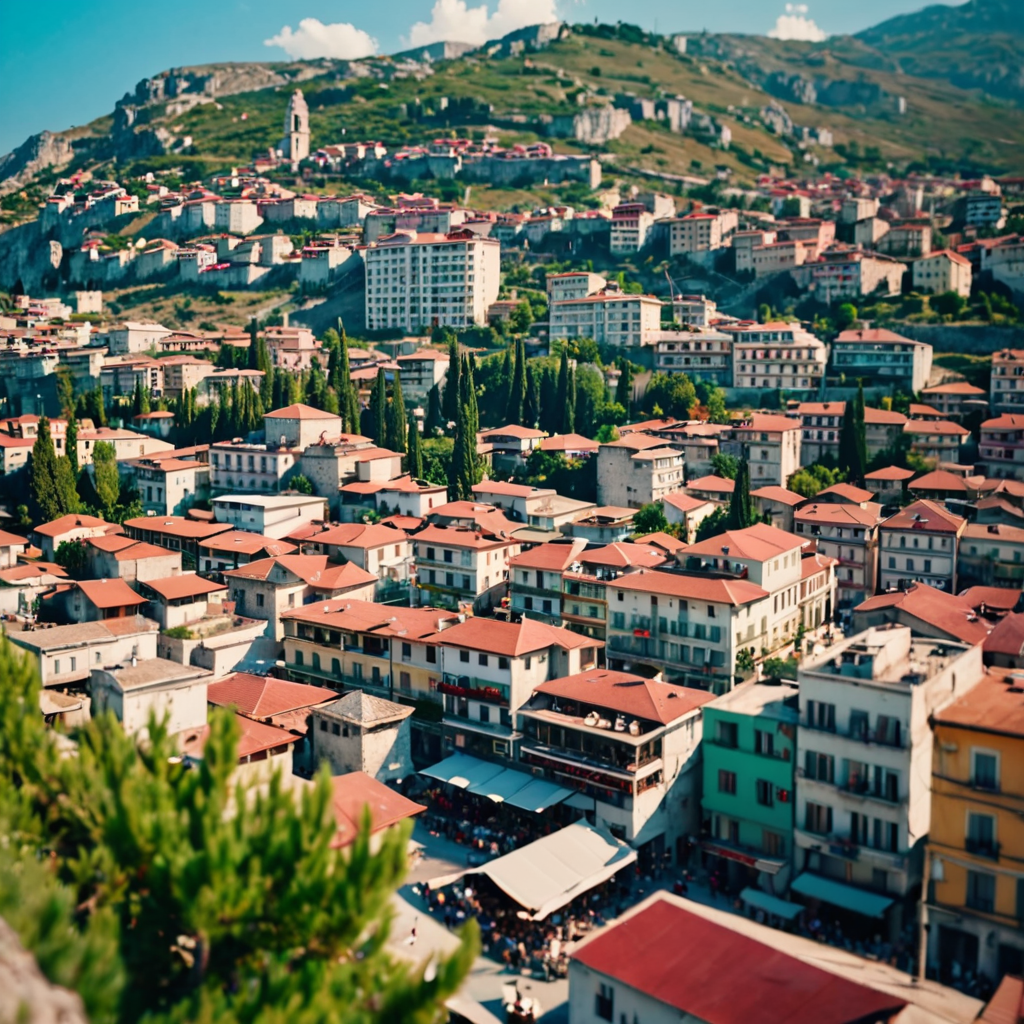
Azerbaijan's Fascinating Petroglyph Sites
Introduction
Azerbaijan, a nation nestled at the crossroads of Europe and Asia, boasts a rich cultural tapestry woven with ancient traditions and captivating historical landmarks. Among its many cultural treasures are the fascinating petroglyphs that adorn its ancient rock surfaces, inviting visitors on a journey through time to unravel the secrets of bygone eras. Petroglyphs, or rock carvings, are invaluable sources of historical and cultural information, providing glimpses into the lives, beliefs, and artistic expressions of our ancestors. Azerbaijan is home to a remarkable collection of these ancient rock art sites, each offering unique insights into the human past.
Gobustan National Park
Recognized by UNESCO as a World Heritage Site, Gobustan National Park is a treasure trove of petroglyphs, boasting an extensive collection of over 6,000 rock carvings. These intricate depictions, estimated to span from the Mesolithic period to the Middle Ages, showcase scenes of daily life, hunting expeditions, and symbolic motifs. The carvings at Gobustan provide a captivating window into the lives of ancient inhabitants, revealing their cultural practices, beliefs, and connection to the surrounding environment.
VI. Kichik Dash Petroglyphs
In the vicinity of the village of Kichik Dash, an impressive collection of petroglyphs awaits discovery. These carvings, believed to date back to the Bronze Age, showcase a blend of abstract and naturalistic motifs. The enigmatic symbols and depictions of human figures offer tantalizing glimpses into ancient rituals and beliefs, inviting visitors to contemplate the cultural significance of these enigmatic markings.
VII. Archaeological Significance
Azerbaijan's petroglyphs hold immense archaeological significance, serving as invaluable sources of historical and cultural information. These carvings provide researchers with unique insights into the social, economic, and spiritual practices of ancient societies. By studying the depicted scenes and motifs, archaeologists can piece together fragments of the past, reconstructing the lives and customs of our ancestors. Moreover, the petroglyphs offer tantalizing clues about environmental changes over time, revealing the dynamic relationship between humans and their surroundings.
VIII. Conservation and Preservation
Recognizing the irreplaceable value of these cultural artifacts, UNESCO has undertaken significant efforts to safeguard Azerbaijan's petroglyph sites. Collaborative initiatives with local authorities and communities prioritize the protection and preservation of these ancient treasures. By raising awareness about the importance of these sites and implementing sustainable conservation practices, we can ensure that future generations continue to marvel at these enigmatic testimonies of human history.
IX. Tourism and Education
Azerbaijan's petroglyphs have emerged as popular tourist destinations, attracting visitors eager to witness these remarkable works of art. Guided tours provide visitors with an immersive experience, allowing them to appreciate the intricate carvings and delve into the cultural context surrounding their creation. Educational programs associated with these sites actively engage students, fostering an appreciation for history and cultural heritage while promoting cross-cultural understanding.
X. Conclusion
Azerbaijan's petroglyph sites stand as captivating testaments to the rich cultural heritage of this ancient land. From the extensive collection at Gobustan National Park to the enigmatic carvings of Kichik Dash, these petroglyphs offer invaluable insights into the lives, beliefs, and artistic expressions of our ancestors. Their preservation and exploration not only safeguard a piece of human history but also inspire future generations to connect with their cultural roots and appreciate the enduring legacy of our past.
FAQs
What is the significance of petroglyphs?
Petroglyphs are valuable sources of historical information, offering glimpses into the lives, beliefs, and customs of ancient societies. They can reveal insights about social structures, economic activities, spiritual practices, and environmental changes over time.Why are Azerbaijan's petroglyphs unique?
Azerbaijan boasts a remarkable collection of petroglyphs, spanning various periods from the Mesolithic to the Middle Ages. These carvings exhibit a diverse range of motifs, including depictions of daily life, hunting scenes, symbolic images, and naturalistic representations.How can we protect these petroglyphs?
Protecting petroglyphs requires a collaborative effort involving UNESCO, local authorities, and communities. Conservation practices focus on minimizing human impact, preventing vandalism, and implementing sustainable tourism measures. By raising awareness about their importance and promoting responsible behavior, we can safeguard these irreplaceable cultural treasures for future generations.
What is the best way to experience Azerbaijan's petroglyphs?
Guided tours are highly recommended to fully appreciate the petroglyphs and gain insights into their cultural context. Local experts provide valuable information about the carvings, their historical significance, and the surrounding environment.Can I take pictures of the petroglyphs?
Photography is generally permitted at petroglyph sites, but it's crucial to follow guidelines to avoid damaging the carvings. Using flash photography should be avoided, and it's essential to maintain a respectful distance from the rock surfaces.

